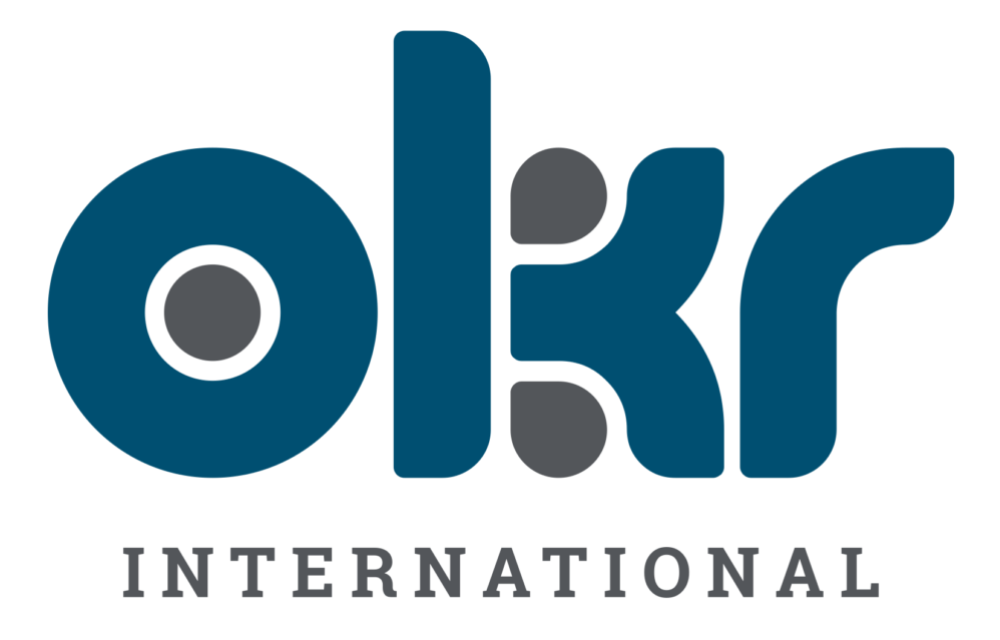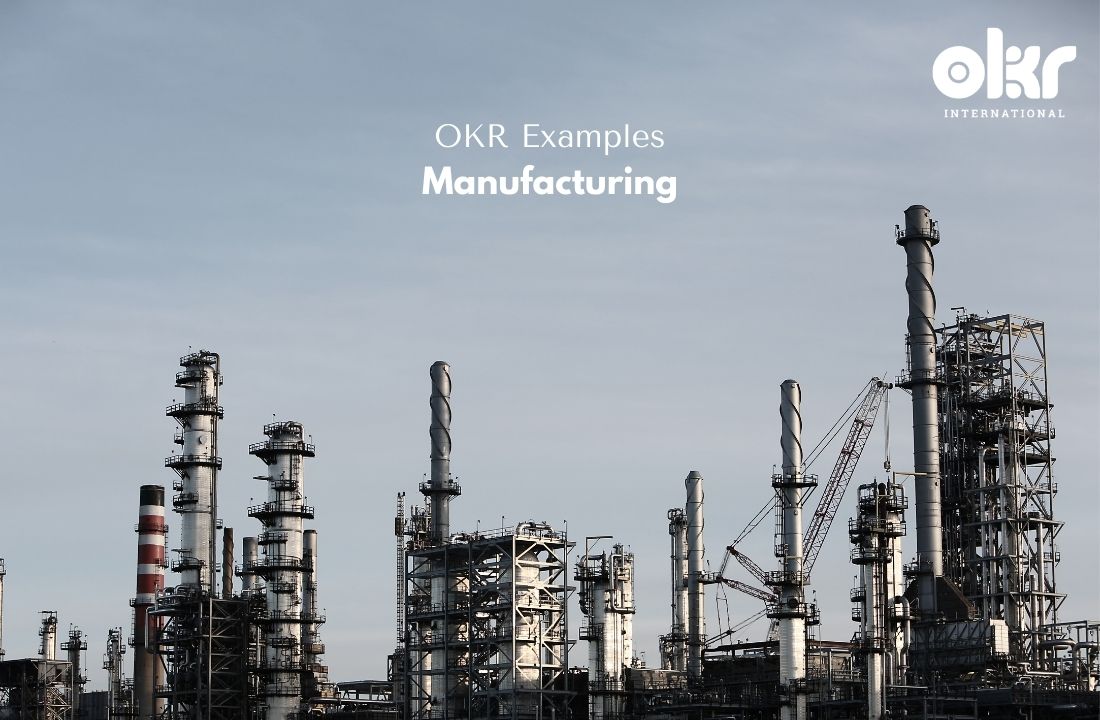10 Transformative OKR Examples in Manufacturing
The manufacturing sector is characterized by constant innovation, evolving technologies, and stringent industry standards. For organizations in this industry, Objectives and Key Results (OKRs) can serve as an effective tool for establishing strategic goals, promoting growth, and maintaining a competitive edge. Here, we provide ten transformative OKR examples for the manufacturing sector, providing key insights for companies seeking to elevate their performance and outpace their competition.
1. Enhancing Production Efficiency
Objective: Improve production efficiency for higher output.
Key Results:
- Increase overall equipment effectiveness (OEE) by 20% in the next 6 months.
- Implement advanced production planning systems in 80% of facilities by the next quarter.
- Ensure 90% of production lines meet efficiency targets within the next three months.
2. Improving Product Quality
Objective: Elevate product quality to meet customer expectations and industry standards.
Key Results:
- Reduce product defects by 25% in the next year.
- Implement quality management systems in 75% of facilities within the next 6 months.
- Achieve a 95% customer satisfaction rate for product quality within the next quarter.
3. Implementing Sustainable Practices
Objective: Incorporate sustainability into manufacturing practices.
Key Results:
- Reduce energy consumption in factories by 20% in the next year.
- Implement waste reduction practices in 50% of facilities in the next 6 months.
- Achieve an 80% employee appreciation rate for sustainability initiatives in the next quarter.
4. Ensuring Regulatory Compliance
Objective: Maintain compliance with manufacturing regulations and standards.
Key Results:
- Decrease non-compliance issues by 30% within the next 6 months.
- Train 100% of the workforce on new regulatory changes within the next quarter.
- Pass all regulatory audits in the next fiscal year.
5. Enhancing Worker Safety
Objective: Improve worker safety to reduce accidents and ensure a safe working environment.
Key Results:
- Reduce workplace accidents by 25% in the next year.
- Implement advanced safety training for 85% of the workforce in the next 6 months.
- Attain a 90% employee satisfaction rate with safety measures in the next quarter.
6. Fostering Technological Innovation
Objective: Embrace technological innovation to drive operational excellence.
Key Results:
- Integrate three innovative manufacturing technologies within the next year.
- Increase the number of technology-driven initiatives by 20% in the next 6 months.
- Achieve an 80% employee satisfaction rate with the innovation culture in the next 3 months.
7. Optimizing Supply Chain Management
Objective: Streamline supply chain management for better resource allocation.
Key Results:
- Decrease supply chain disruptions by 20% in the next year.
- Implement advanced supply chain management systems in 70% of facilities within the next 6 months.
- Achieve an 85% supplier satisfaction rate with supply chain interactions in the next quarter.
8. Reducing Production Costs
Objective: Reduce production costs for higher profitability.
Key Results:
- Reduce material waste by 20% in the next year.
- Implement cost-saving initiatives in 80% of production lines within the next 6 months.
- Achieve a 10% reduction in overall production costs in the next quarter.
9. Improving Inventory Management
Objective: Optimize inventory management for better stock control.
Key Results:
- Decrease stockouts and overstocks by 30% within the next 6 months.
- Implement a data-driven inventory management system in 80% of warehouses in the next quarter.
- Achieve an 85% satisfaction rate with inventory management within the next 3 months.
10. Enhancing Customer Relationships
Objective: Develop stronger relationships with clients through improved communication and service.
Key Results:
- Increase customer engagement scores by 25% in the next year.
- Decrease customer churn by 20% in the next 6 months.
- Achieve an 85% customer retention rate in the next quarter.
By adopting these OKR (Objectives and Key Results) examples, manufacturing companies can improve their operations, stimulate growth, and foster innovation. These strategic objectives are crucial in overcoming the complexities of this dynamic sector, contributing to business success, and delivering excellent customer service.
FAQs
1. What are transformative OKRs in the manufacturing industry?
Transformative OKRs in the manufacturing industry are strategic objectives and key results that catalyze significant improvements and stimulate innovation. They focus on areas like production efficiency, product quality, sustainability, regulatory compliance, worker safety, technological innovation, supply chain management, cost reduction, inventory management, and customer relationships.
2. How can transformative OKRs drive growth in the manufacturing industry?
Transformative OKRs can spur growth in the manufacturing industry by setting objectives related to operational efficiency, product quality, sustainability, and technological innovation. By monitoring key results and making necessary improvements, manufacturing companies can enhance their performance, meet customer expectations, and achieve sustainable growth.
3. Why is sustainability important in the manufacturing industry?
Sustainability is critical in the manufacturing industry to meet environmental regulations, customer expectations, and market trends. Transformative OKRs related to sustainability help companies adopt eco-friendly practices, reduce their environmental footprint, and positively contribute to the environment.
4. How can technological innovation contribute to success in the manufacturing industry?
Technological innovation can contribute to success in the manufacturing industry by enhancing processes, improving efficiency, and facilitating data-driven decision-making. Transformative OKRs related to technological innovation help companies leverage emerging technologies to improve operational efficiency and provide innovative solutions.
5. How does improved inventory management benefit the manufacturing industry?
Improved inventory management benefits the manufacturing industry by optimizing stock control, reducing costs, and improving service levels. Transformative OKRs related to inventory management help companies manage stock levels effectively, implement data-driven inventory systems, and increase operational efficiency.

When looking to set OKRs, it’s natural to want examples to ignite the thought process or simply compare yours to OKR Examples. Check out our compendium of OKR Examples here.
Explore Our Range of Services
Bring OKRs (Objectives and Key Results) to your organisation with our tried & tested OKR Framework.


OKR International’s highly acclaimed Certified OKR Practitioner Program is the first and only OKR accreditation endorsed by ICF & HRCI for continuing education units.
OKR International helps leaders create the alignment, engagement and result orientation needed for growth by offering OKR Advisory services.



